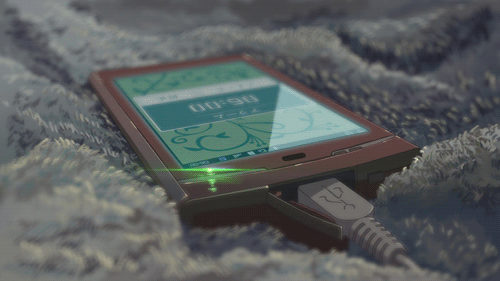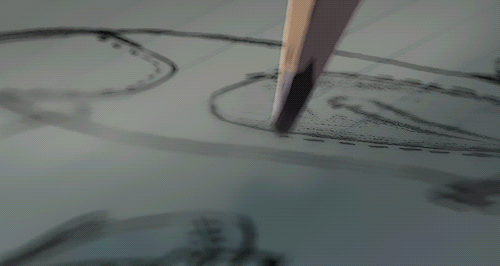When space tourism finally takes off and the rich and famous head off for a holiday in orbit as easily as on the Riviera, they may want to sip something stronger than Tang as they gaze down at Earth.
Something like whisky, perhaps.
“When they go on a bit of an adventure, it’s the thing people want to take with them,” said Peter Moore, the brand director for Ballantine’s, a maker of blended Scotch.
Ballantine’s is already looking ahead to that future, financing the development of a glass for sipping while floating in weightlessness, which it unveiled on Friday.
“This is about getting ourselves ready,” Mr. Moore said. “Space tourism is going to develop. Personally, I think it’s going to develop quite quickly.”
On Monday, Ardbeg, a whisky distillery on the Scottish island of Islay, announced findings from an experiment it had sent to the International Space Station. Whisky aged in a weightless environment accentuated Ardbeg’s smokiness and revealed other flavors and aroms, said Bill Lumsden, Ardbeg’s director of distilling and whisky creation.
“This set of results have opened up my eyes that there are other flavors in there that I’ve never encountered before,” Dr. Lumsden said.
Without gravity, it is impossible to pour a liquid, and runaway droplets could splash in inconvenient places like electronic circuitry. For a glass that offered a refined drinking experience reminiscent to that on Earth required the manipulation of some counterintuitive principles of fluid dynamics.
The bottom of the bulbous glass, made of gold-plated stainless steel, contains a spiral ring for a reservoir of whisky to cling to. Through a phenomenon known as capillary action, first observed by Leonardo da Vinci, the whisky is drawn upward through a helical channel within the side of the glass to a mouthpiece at the rim for a space traveler to drink.
“It’s so magical how things behave when you take gravity away,” said James Parr, founder of the Open Space Agency, an organization of space technology enthusiasts in London that designed the space glass for Ballantine’s.
On Earth, the downward drag of gravity overwhelms the capillary action. To test whether the design worked, Mr. Parr took the space glass to Bremen, Germany, to a 480-foot tall laboratory facility known as a drop tower. Whisky was poured into the bottom of the glass, which was then placed into a cylindrical capsule and winched to the top of a vacuum-sealed shaft. Dropping the capsule down the airless shaft creates nearly zero-gravity conditions for about four seconds, until it makes a cushioned landing at the bottom.
During the drop, video cameras recorded the motion of the whisky. “The whisky started climbing up the capillary to the mouthpiece, and it happened completely to script,” Mr. Parr said.
In addition, Ballantine’s master blender, Sandy Hyslop, created a special version with a sweeter, spicier taste to compensate for the muted sensory experiences that astronauts report in the weightlessness of orbit. Without gravity, water in an astronaut’s body floats upward, and the result is congestion similar to a perpetual head cold.
Neither the whisky nor the glass will be a commercial product anytime soon. There is only one space glass in the world at present (two more, tweaked and improved, are being made), and just 11 bottles of the space blend.
There is whiskey currently zipping around the Earth on the International Space Station — but only for the sake of science. In August, the Japanese conglomerate Suntory sent up an experiment similar to Ardbeg’s, to test a hypothesis that aging liquor in a zero-gravity environment, in the absence of convection, would lead to a mellower final product.
A sample of Ardbeg's unaged whisky and the mixing tube used for the experiment on the International Space Station.
In the Ardbeg experiment, 32 vials, each with six milliliters of unaged whisky, were sent to the space station in 2011 and then mixed with oak shavings. After 971 days of aging, the whisky returned to Earth last year to be compared with samples that had been aged on the ground. Dr. Lumsden and a panel of experts sniffed and tasted, and he ran them through a battery of chemical analyses.
The whisky aged on the space station had lower amounts of certain compounds that are usually extracted from the oak. Dr. Lumsden’s tasting notes include the flavors and aromas of lilac, chocolate, rum raisin ice cream, cherries, and a savory meatiness. “I describe flavors in there which are very unusual for Ardbeg or indeed any other whisky,” Dr. Lumsden said. “I liked it a lot.”
Only 20 milliliters remain — about two-thirds of an ounce. Dr. Lumsden said he was inspired to try to reproduce the flavors on Earth and had started thinking about follow-up experiments.
At present, opportunities for drinking whiskey, or any alcohol, in space are limited.
NASA packed spirits for its astronauts once — brandy to celebrate Christmas during the Apollo 8 swing around the moon in 1968. But Frank Borman, the commander, ordered that the brandy remain unopened. (James Lovell later auctioned off his two-ounce bottle, still unopened.)
In 1969, after Apollo 11 set down on the moon, Buzz Aldrin held a private Communion for himself with wine and bread. “I poured the wine into the chalice our church had given me,” he wrote in an article published in the magazine Guideposts the following year. “In the one-sixth gravity of the moon the wine curled slowly and gracefully up the side of the cup.”
In the 1970s, NASA added sherry to the menu for astronauts on the Skylab space station, but backtracked when letters of outrage arrived. Since then, prohibition has been the rule on NASA missions.
The Russians have had a more lax attitude to alcohol in space, at least during the era of the Mir space station. (In 1998, Jerry Linenger, a NASA astronaut on Mir, took a photograph of his Russian colleagues breaking out bottles of cognac to relax right after extinguishing a fire that almost destroyed Mir.) In recent years, they have been reticent about whether their astronauts are bringing spirits to the International Space Station.
But the space whisky glass could be used for any beverage. Mr. Parr said he had had preliminary talks with Made in Space, a company that sent a 3-D printer to the space station, to discuss the possibility of fabricating one of the glasses in space for more extensive testing by astronauts.
From the beginning of the space age, astronauts have had to drink through straws out of plastic bags. Donald Pettit, a NASA astronaut, complained about that during a trip to the space station in 2008, which caught the attention of Mark Weislogel, a professor of materials and mechanical engineering at Portland State University in Oregon.
Dr. Weislogel’s research involves moving liquids in low gravity via capillary action without pumps, a principle used to shift fuel from tanks to engines, circulate coolant and process water. He emailed Dr. Pettit with a suggestion for a coffee cup that would work in weightlessness.
Dr. Pettit took a sheet of plastic and folded and taped it into the shape that Dr. Weislogel had suggested, with a teardrop-shaped cross-section like an aircraft wing, one side rounded and the other with a sharp fold.
The fluid flowed upward along the fold to the top of the cup where Dr. Pettit could sip it, and as he sipped, more fluid flowed up, allowing him to empty the cup. “It’s a result of surface tension and curvature of a surface,” Dr. Weislogel said. “The fluid seeks out the narrower region of the container.”
Here is a video of Dr. Pettit describing the invention:
Donald Pettit demostrating drinking coffee in space.
Video by collectSPACE
“He made several of them, and he toasted with a bunch of astronauts all drinking from these little things,” Dr. Weislogel said. “It was funny.”
More recently, when he heard that the an espresso machine built by Lavazza, an Italian coffee company, and Argotec, an aerospace engineering firm, would be headed to the space station this year, Dr. Weislogel and his collaborators at IRPI, a small aerospace company, came up with a more carefully engineered version. It looks somewhat like a toddler’s bootie, an odd shape that “falls out of the mathematics,” Dr. Weislogel said.
The cup has been tested by astronauts on the space station with coffee, tea, juice and smoothies. “It works very well,” he said.
Ballantine’s space glass grew out of brainstorming on how to innovate whiskey drinking for the 21st century. Initial ideas like a Bluetooth-connected whisky glass fell by the wayside. But when the idea of whisky in space was floated, “There was a little bit of intake of breath,” Mr. Moore recalled, “and ‘isn’t that a little bit far out?’”
After view Ballantine’s video describing the development work and the drop tests, Dr. Weislogel said, “I think this is cool,” but added, “This container on its own will also have some problems.” A bubble could form, blocking the channel and the flow of whisky, he said.
Space Glass Project: The Microgravity Test
Video by Ballantines
Now that the space glass is finished, Ballantine’s will look to see what opportunities may exist in space tourism. (Virgin Galactic, Richard Branson’s company that aims to send people on short suborbital flights to the edge of space, has already partnered with Grey Goose, the vodka maker.)
“We’ve created an artifact from the future,” Mr. Parr said.


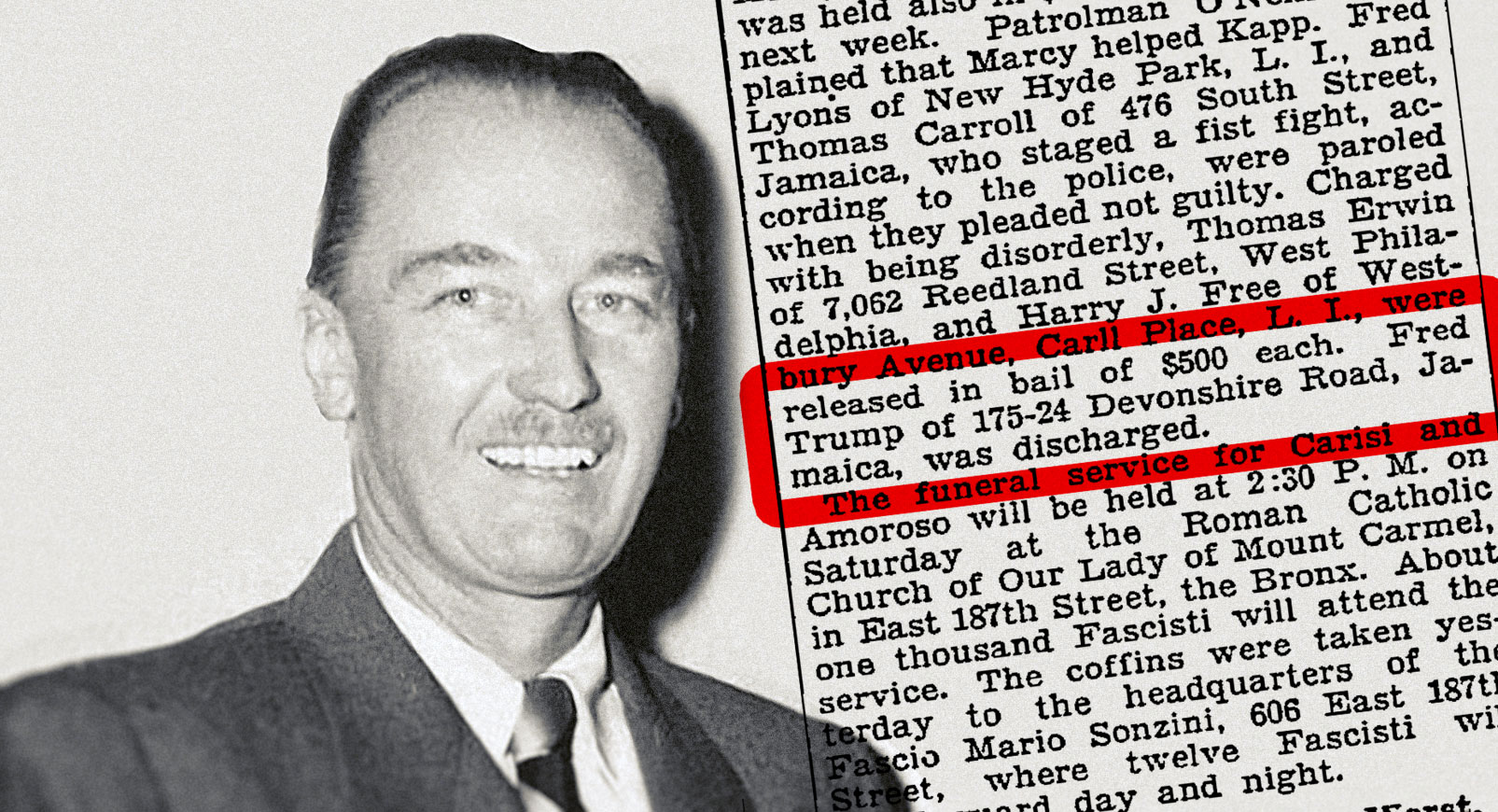





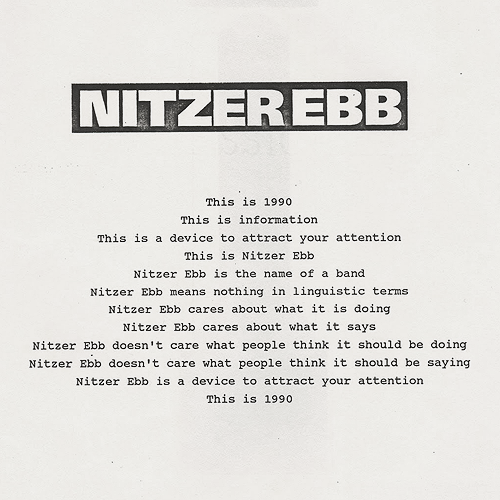














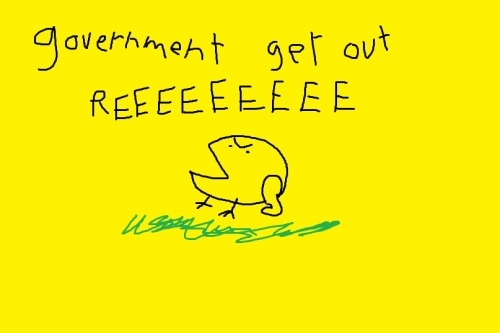


![David Rutter ICAP IEB[1].JPG](http://static1.businessinsider.com/image/55f84c19dd0895313a8b46b5-801-601/david%20rutter%20icap%20ieb%5B1%5D.jpg)
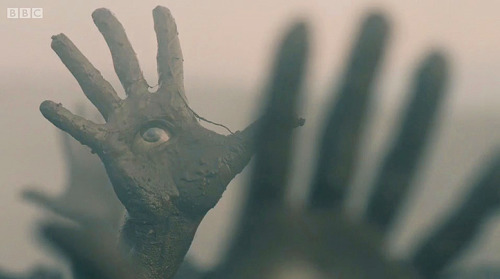





 A braconid wasp attacking a gypsy-moth caterpillar (
A braconid wasp attacking a gypsy-moth caterpillar (